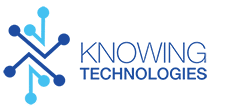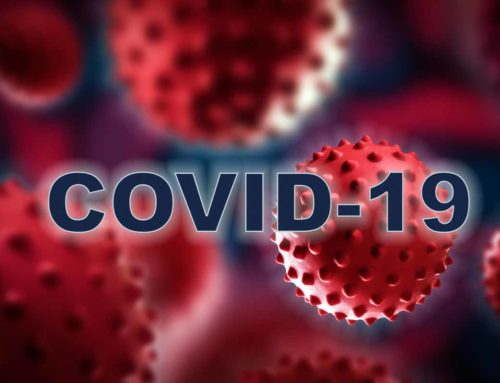The SAMR Model Explained
Bringing technology into a school exemplifies progress. However, such a move is only the first of many if the school wants to truly advance their academic programming with technology in the classroom.
One way of evaluating the use of technology in the classroom is with the SAMR Model. Created by Dr. Ruben Puentedura, the SAMR Model is a tool that allows teachers to assess how deeply technology integration is taking place. Like Bloom’s Taxonomy, the SAMR Model includes several levels, with each progressing level representing a more technology-enriched learning experience. With the SAMR Model as a guide, educators can critically assess their use of technology and gain a stronger understanding of how transformative their use of technology really is.
The SAMR Model is outlined as follows:
Transformation
Redefinition
Tech allows for the creation of new tasks, previously inconceivable
Modification
Tech allows for significant task redesign
————————————————————————————————–
Enhancement
Augmentation
Tech acts as a direct tool substitute, with functional improvement
Substitution
Tech acts as a direct tool substitute, with no functional change
Most teachers will consistently find themselves at the two lower levels of the SAMR model. And while there are benefits to both teaching and learning at each level, there is no question that reaching beyond Substitution will lead to a more engaging and richer learning experience for students.
It’s important to note that while every school might have teachers that effectively and independently attain the higher levels, a common challenge of inconsistency can easily arise amongst the faculty. In fact, a shared language around the use of technology may not be present at all.
So how does a school guide their teachers beyond the S in SAMR?
First, the conversation about technology integration must begin with the curriculum. The technology should not be the initial or main focus. Instead, technology should be seen as a tool used to achieve specified outcomes laid out by teachers, departments, and administrators. When learning objectives are clearly identified, teachers can then decide on where and how technology can be integrated into the learning experience. At this point, teachers can then ask: “How can technology elevate/differentiate/enhance this lesson/unit/assessment beyond what was done without the use of technology?” Tackled with this focus, and especially in teams or departments, student learning and educational experiences can take place in truly exciting and transformative ways.
To make this transformation a reality, be sure to reach out to us at info@knowing-tech.flywheelsites.com to learn more about our faculty development programs and services. We look forward to hearing from you!




